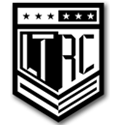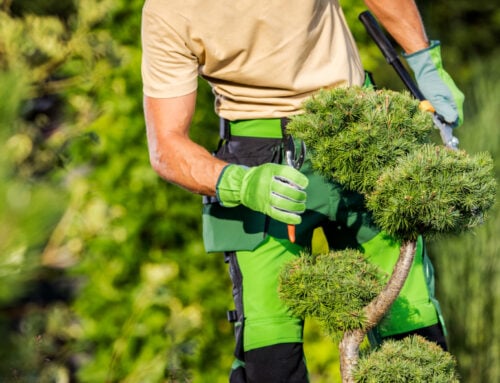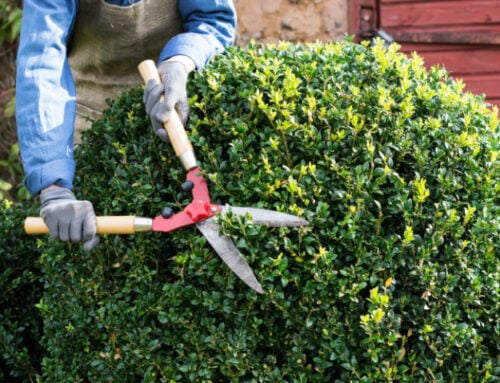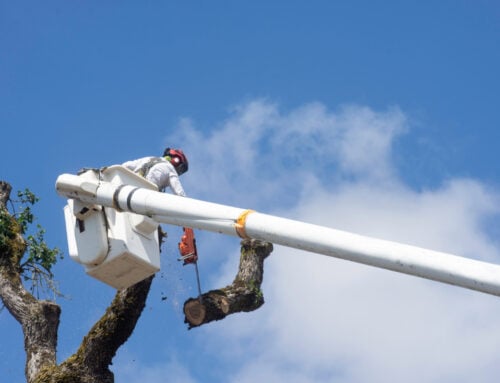Winter is coming! It might only be July, but it’s better to plan ahead if you have a pine tree in your yard. If your pine trees are not an immediate threat, then the cold winter months are the best time to remove your pine tree.
Cold Weather
Pine trees’ dormant season is during the winter. This means the trees are lighter as they need fewer nutrients. Other trees and plants will also be dormant, meaning they won’t be at the same risk for damage in the process and will have a better chance of survival in spring. Trees share nutrients with their surroundings, and taking them down in the spring or summer may deprive other trees and plants of those nutrients.
Danger
While trees are a great addition to your landscaping and ecosystem, it is essential to know when the y are becoming a hazard. Whether the concerns are regarding the foundation of your home or falling branches, here are a few things you should look out for.
y are becoming a hazard. Whether the concerns are regarding the foundation of your home or falling branches, here are a few things you should look out for.
Overhang
Overhang is not only a threat to the health of your trees but also your home. Dead branches may be hard to spot in pine trees, but that does not mean they are any less of a threat. It is essential to check for dead branches to protect yourself, your family, and pets that spend time outdoors. Pine tree’s average height ranges from 150 – 210 feet. Suppose they are planted too close to your home. In that case, the branches could also cause severe damage to your roof and shingles, causing a much larger and more expensive issue.
Severe Weather
Wind, hail, lightning, and more can all take a toll on your trees. Just like overhang, hanging branches can cause immediate danger if not properly taken care of. They can cause flooding as well as roof leaks and more. Therefore, if your pine trees are struck by lightning or hail during a storm, it is best to examine for damage, even if it does not seem that there was any to prevent future injury.
Signs
You know the importance of taking care of or removing pine trees before it’s too late, but you might not know the signs to look out for. Don’t fear; if caught early enough, complete tree removal is not always necessary.
Brown and Excess Falling Needles
Needle discoloration is probably the most notable sign that it is time for your pine tree to come down. Typically, when the needles turn brown, the tree is dehydrated and not getting or storing enough water. On the other hand, if the needles turn to a grey color, this is often a sign of beetles or disease.
Nematodes, Beetles, and Sap 
Pine trees produce sap naturally, but if you begin to notice an excessive amount of sap, it may be because there are holes in your pine tree from bugs, most commonly nematodes and beetles. Pine trees release more sap to rid themselves of beetles. If you are noticing excess sap, it could just be broken branches from a storm, but make sure to contact a tree specialist before it’s too late.
Protect Your Home, Family, and Business
If you’re looking to remove a healthy pine tree that is not in immediate danger, the best time for pine tree removal is in the cold winter months. This will give the ecosystem a better chance of surviving the loss of nutrients come spring. If your pine tree has broken or hanging branches, there is a significant possibility of damage to your property or injury and should be removed timely. If you are looking for a reliable and qualified team to remove your pine tree, call LTRC Tree Specialists at (404) 574-5231 for high-quality service and guaranteed safety. Protect your home, family, and business from damaged and dangerous trees by hiring our services.

Contact Us For A Free Estimate!







